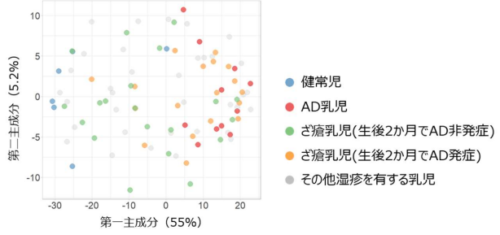2023-04-11 レンセラー工科大学 (RPI)
具体的には、マスク着用の重要性を伝えるビジュアルを投稿することで、COVID-19の感染率が25%まで低下することが示された。
この研究は、ソーシャルメディアが重要な情報発信手段であることを示しており、今後の公衆衛生政策において役立つことが期待される。
<関連情報>
- https://news.rpi.edu/content/2023/04/11/lessons-learned-covid-role-social-media
- https://onlinelibrary.wiley.com/doi/10.1111/poms.13982
危機におけるビジュアルナッジの情報的価値: ソーシャルメディアとの連携による公衆衛生上の成果の向上 covid-19 Informational value of visual nudges during crises: Improving public health outcomes through social media engagement amid covid-19
Anton Ivanov, Zhasmina Tacheva, Abdullatif Alzaidan, Sebastian Souyris, Albert C. England III
Production and Operations Management Published: 15 March 2023
DOI:https://doi.org/10.1111/poms.13982
Abstract
In this study, we conceptualize and empirically evaluate how large-scale organizations can utilize the informational value of visual nudges on social media to promote safety among users and thus improve public health outcomes in the context of the COVID-19 pandemic. We construct a unique panel dataset combining data collected from multiple public and proprietary sources. To operationalize visual nudges from user-generated content, we engage in extensive manual classification of images collected from Instagram, Twitter, and Facebook. To examine the relationship between visual nudging and COVID-19 positivity, we rely on a combination of econometric and epidemiological models. We find that when institutional actors share more images containing mask-related information on Instagram, their COVID-19 positivity rates decrease by up to 25%, on average. Also, given the fragmentary evidence behind Facebook and Twitter effects, our results provide suggestive evidence of the “boundary condition” of the visual nudge effect. Finally, empirical evidence indicates the dynamic and curvilinear effect of visual nudges on positivity over time, such that the informational value of visual nudging is most prominent if communicated three to five weeks ahead of time, on average. Our results demonstrate the informational value of visual nudges communicated through pertinent social media channels, as well as their capacity to improve public health outcomes. This suggests the feasibility of institutional actors using social media engagement to promote safe behaviors. We conclude by discussing how our findings may be used to develop more effective communication strategies regarding public perceptions of mask use and other relevant safety measures.
This article is protected by copyright. All rights reserved



